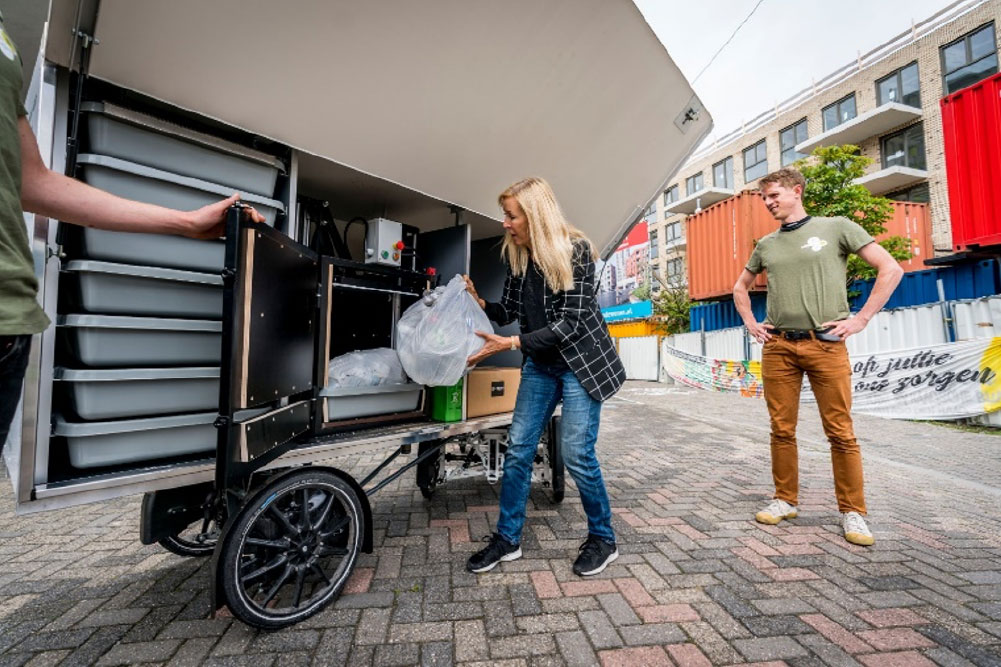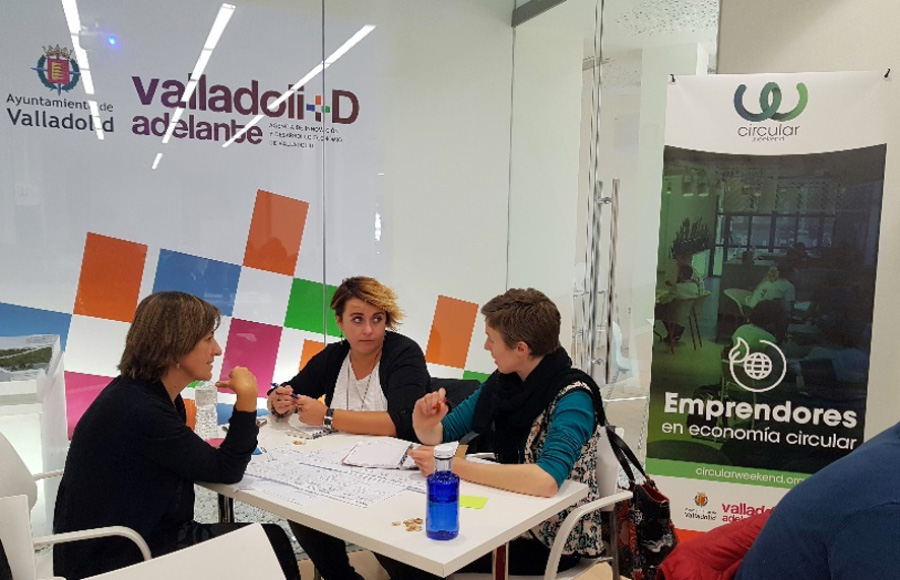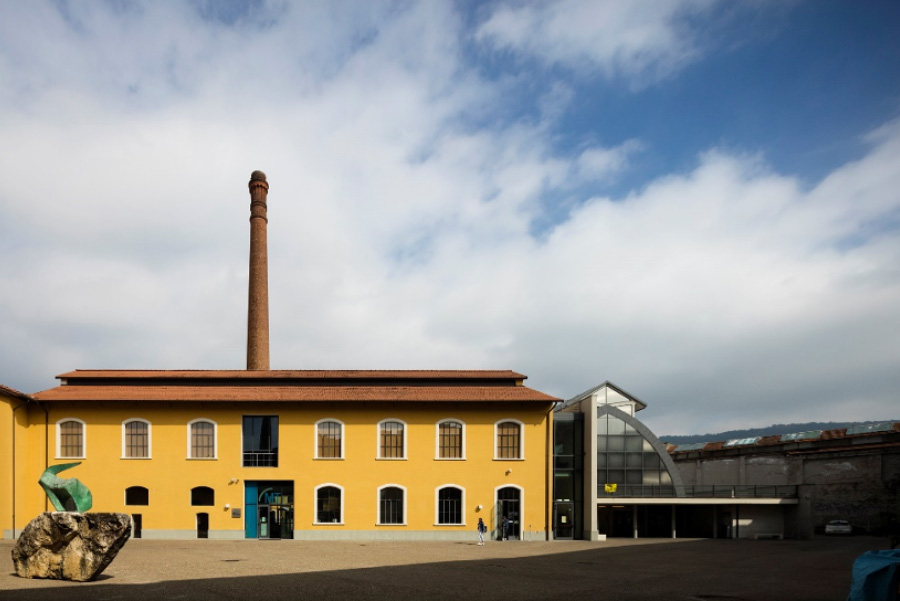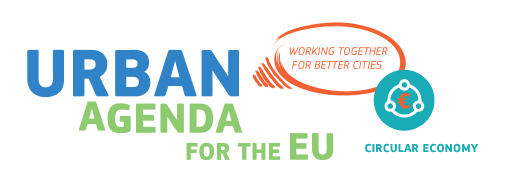Textiles
What are the benefits of a circular textiles sector?
The textiles sector is a cause of concern due to its adverse impacts on the environment and society (see also figure 1)1. Textile production processes involve the exploitation of non-renewable resources, high water usage, emission to air and water, and plastic microfibers discharge to oceans. In addition, textile production emits 1.2 billion tonnes of greenhouse gas annually.1 At the end of the value chain, only 1% of clothing is currently recycled back into clothing.2 Of the total fibre input used for clothing, 87% is landfilled or incinerated, while 73% goes to landfill.1 12% of old garments are recycled into lower-value applications, such as mattress stuffing and wiping cloths.1 A circular textiles system addresses this wasteful use of resources and adverse impacts by innovating textile design, adopting new technologies and renewable materials, increasing the reuse and recycling of old garments, and by eliminating waste and pollution.3 There is a need in this sector to shift from a focus on fast fashion and volume to higher quality and longer life products.2 Cities like Amsterdam and Milano have taken the first steps to stimulate their fashion industries to become more circular and have started to improve separate textile collections in their regions.4
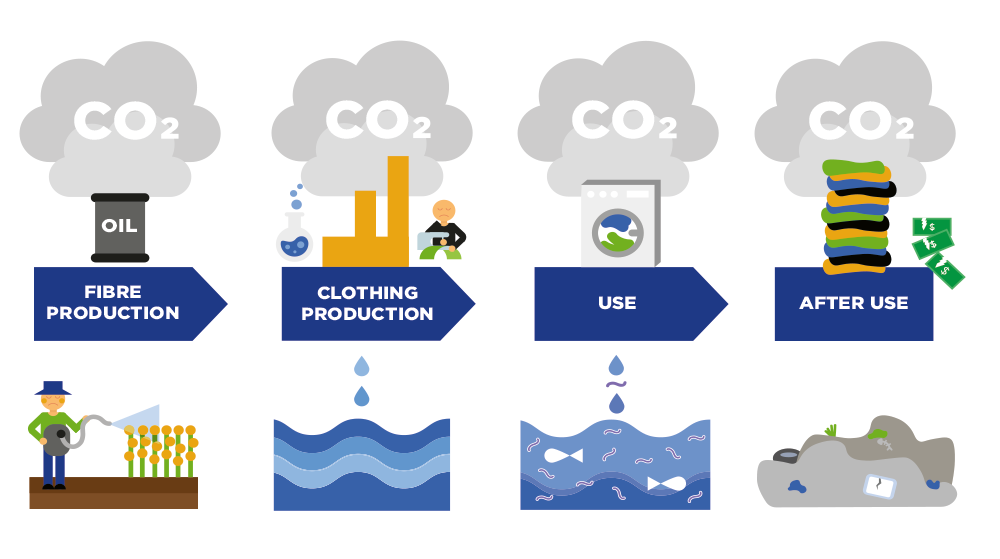
Figure 1: Negative environmental consequences of the current textiles industry.
(Ellen Macarthur Foundation, 2017)
What will a circular textiles sector look like?
The transition towards a circular textile sector requires several changes from current practices, while still ensuring an offer of high-quality, affordable products.1 Accenture and Fashion for Good identified four essential elements of a circular transition in the textile sector:2
- The creation of new garment design strategies
- The use of sustainable materials
- The development of recycling technologies
- The implementation of service-oriented business models
How can we transform our textiles sector into a circular textiles sector?
Different strategies can be used in the textiles sector to move to a circular system. Some examples:
- Circular design models: in the design phase, an effort can be made to phase out substances of concern to our health and the environment. This requires innovative solutions to create new dyes and materials, as well as technologies to capture microfibers.1 The design of garments should aim at extending the life of products and facilitating recycling.2 Research and experimentation are needed to explore possibilities to use material flows from other industries as input for clothing manufacturing.1
- Use and life extension models: the clothing usage can be changed in many ways to make it more circular (see figure 2)1. Rental and subscription services increase the number of times a garment is worn. An example of this is Circos.co
 that provides an international subscription for kids clothing. Selling or returning products back to the producer after usage ensures a second life for your clothes or recycling of the materials. Research shows that these circular models can all be economically viable, as long as transaction costs (e.g. packaging, laundry) are kept low.2 Textiles are also suitable for cascaded use, e.g. by being used first as clothing, then for insulation, and then returned to the biosphere.5
that provides an international subscription for kids clothing. Selling or returning products back to the producer after usage ensures a second life for your clothes or recycling of the materials. Research shows that these circular models can all be economically viable, as long as transaction costs (e.g. packaging, laundry) are kept low.2 Textiles are also suitable for cascaded use, e.g. by being used first as clothing, then for insulation, and then returned to the biosphere.5
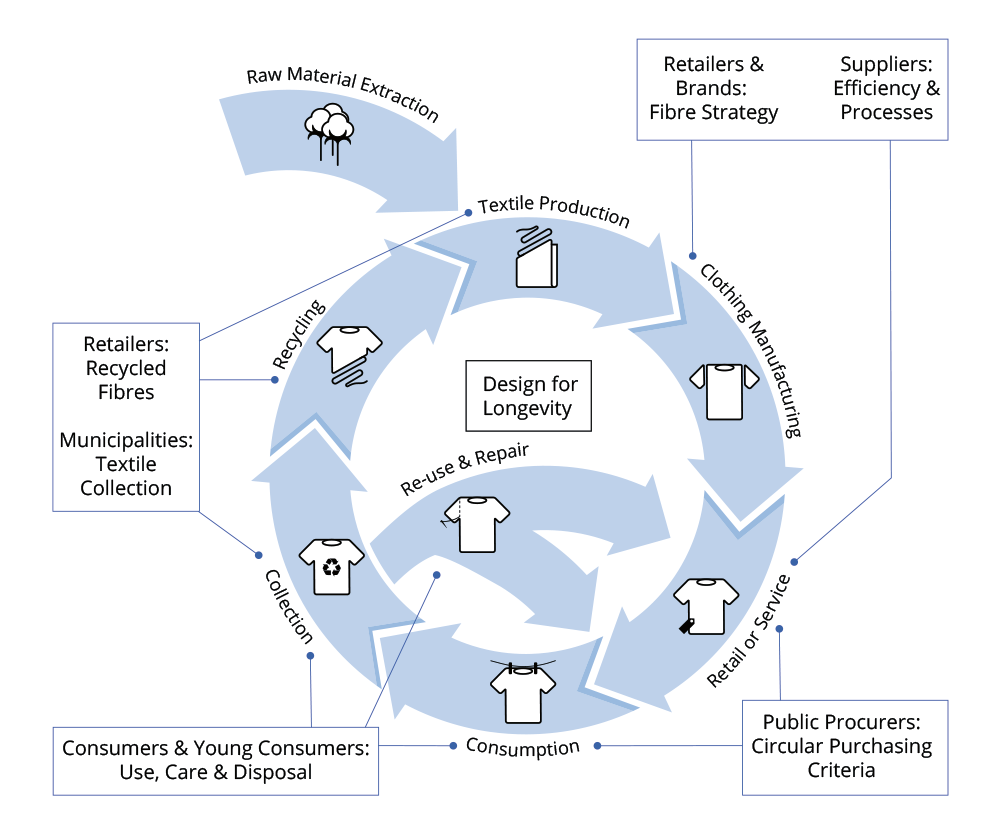
Figure 2: Circular cycle of textiles. (Ellen Macarthur Foundation, 2017)
- Value recovery: improving collection and recycling processes is a key factor in creating a circular textile industry. City authorities can play an important role in increasing collected quantities and ensuring that the collected materials are of good quality. They can ensure that there are collection points in all areas to increase collection rates.1 In addition, a recent study from ECAP has shown that cities like Copenhagen, Gothenburg, Antwerp, Rome, and Rotterdam have taken measures to increase the transparency of textile collection, while some have obtained more control over collection by limiting permission to one or two collectors only.6 In addition to policy measures, track-and-trace technology can help increase transparency of the product’s history, resulting in better quality and therefore better recycling.7
- Circular support models: Information and Communication Technology (ICT) tools and other technologies are vital for the circular textile transition. Smart algorithms can be used in web shops to make sure you find clothes that fit your style and that you will end up wearing. In addition, Big Data technologies can be used to understand user profiles better and provide suggestions.3
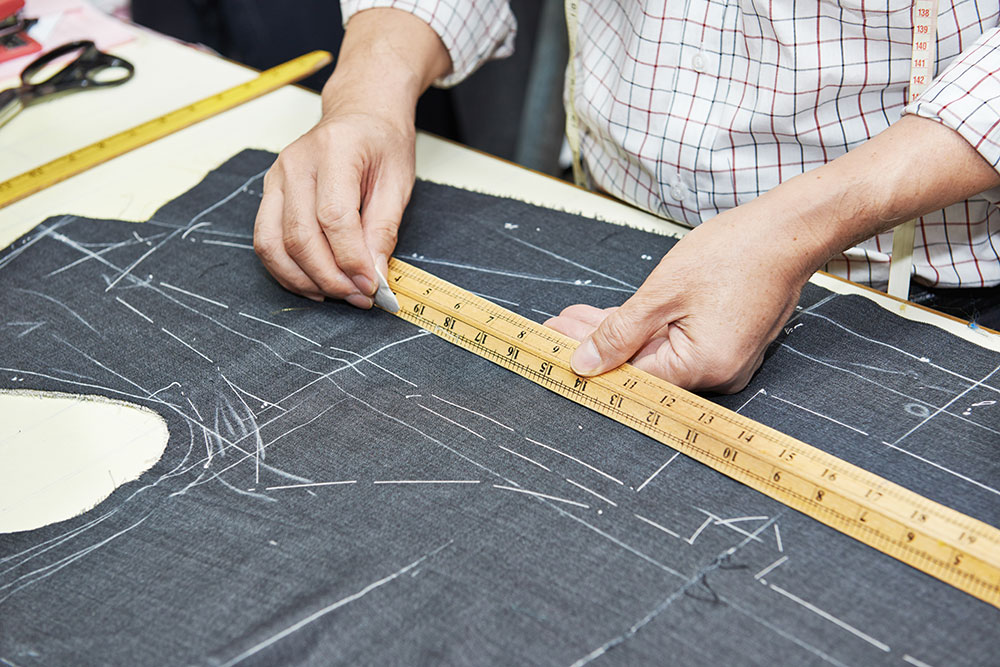
References
-
1. Ellen MacArthur Foundation. (2017). A new textiles economy: Redesigning fashion’s future.
https://www.ellenmacarthurfoundation.org/publications/a-new-textiles-economy-redesigning-fashions-future#purchase-options -
2. Fashion for Good & Accenture. (2019). Driving circular business models in fashion.
https://d2be5ept72nvlo.cloudfront.net/2019/05/The-Future-of-Circular-Fashion-Report.pdf
-
3. Circle Economy. (2018). City-as-a-service – How circular service models will practically shape the city of the future.
https://assets.website-files.com/5d26d80e8836af2d12ed1269/5dea7d7562f8ac85742d5af9_City-as-a-Service-Circle-Economy-2018.pdf -
4. Materials experience lab. (2019). Recurf – re-using circular urban fibres and biobased plastics in urban products.
http://materialsexperiencelab.com/recurf -
5. Ellen MacArthur Foundation. (2013). Towards the circular economy – Opportunities for the consumer goods sector. Vol. 2.
https://www.ellenmacarthurfoundation.org/assets/downloads/publications/TCE_Report-2013.pdf -
6. ECAP & Rijkswaterstaat. (2018). Used textile collection in European cities.
http://www.ecap.eu.com/wp-content/uploads/2018/07/ECAP-Textile-collection-in-European-cities_full-report_with-summary.pdf -
7. ECAP & Rijkswaterstaat. (2019). Circular textiles – Ready to market.
http://www.ecap.eu.com/wp-content/uploads/2019/02/Circular-Textiles-Ready-to-market-booklet.pdf
